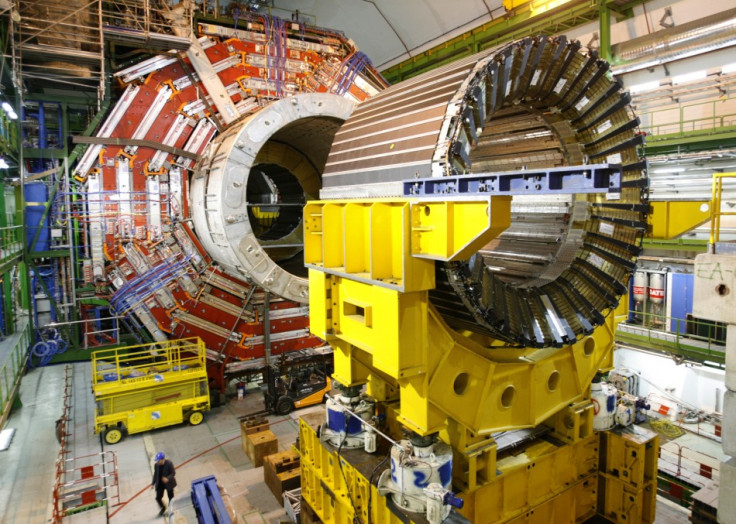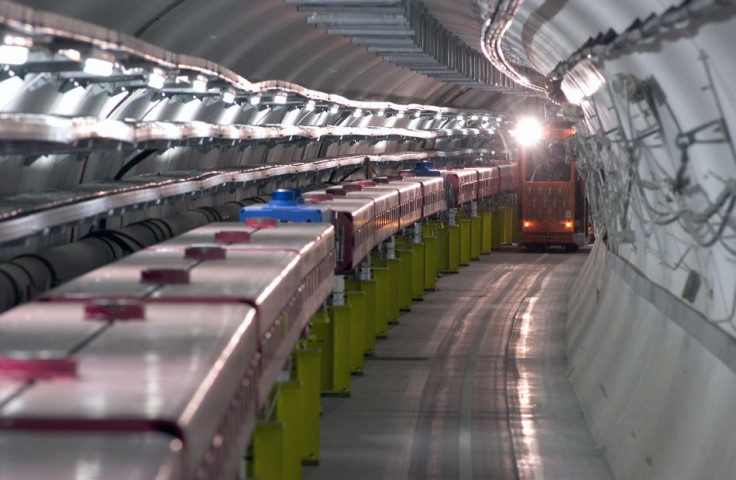Large Hadron Collider Discovers 'Very Exotic Matter' That Challenges Traditional Physics

Scientists have discovered a new "very exotic" type of matter that challenges the traditional model of particle physics.
Using the Large Hadron Collider beauty (LHCb) Collaboration at Cern in Geneva, the New York scientists say they have confirmed the discovery of exotic hadrons which cannot be classified using the traditional quark model – a classification scheme for hadrons.
A quark is an elementary particle and essential constituent of matter. Quarks bind together to form particles called hadrons.
Quarks are found in the nucleus of an atom. When they combine in threes, they form compound particles, such as protons. Anti-quarks are created when quarks interact with corresponding anti-particles that have the same mass but opposite charges.
These types of compound are often found in the decay of man-made particles in nuclear reactors and cosmic rays.
Lead author Tomasz Skwarnicki, from Syracuse University's College of Arts and Sciences, said: "We've confirmed the unambiguous observation of a very exotic state -- something that looks like a particle composed of two quarks and two anti-quarks.
"The discovery certainly doesn't fit the traditional quark model. It may give us a new way of looking at strong-interaction physics."

Quarks that take part in strong interactions are called hadrons and the classifications system for these particles has remained unchanged since 2007, when an exotic particle called Z(4430) appeared with two quarks and two anti-quarks.
Skwarnicki continues: "Some experts argued that [the] initial analysis [of Z(4430)] was naïve and prone to arrive at an unjustified conclusion. As a result, many physicists concluded that there was no good evidence to prove this particle was real."
Further controversy arose over Z(4430) after an international team, known as BaBar, analysed the particle and did not confirm its existence.
Using analysis techniques employed by BaBar and the initial findings around Z(4430), the researchers have now confirmed the existence of the exotic hadron.
"This experiment is the clincher, showing that particles made up of two quarks and two anti-quarks actually exist," Skwarnicki says. "There used to be less-clear evidence for the existence of such a particle, with one experiment being questioned by another. Now we know this is an observed structure, instead of some reflection or special feature of the data."
Sheldon Stone, from Cern, said: "We analysed tens of thousands of meson decays, selected from trillions of collisions in the Large Hadron Collider. Because the data sample was so large, it forced us to use statistically powerful analysis that could, in turn, measure properties in an unambiguous manner. It's great to finally prove the existence of something that we had long thought was out there."
© Copyright IBTimes 2025. All rights reserved.






















